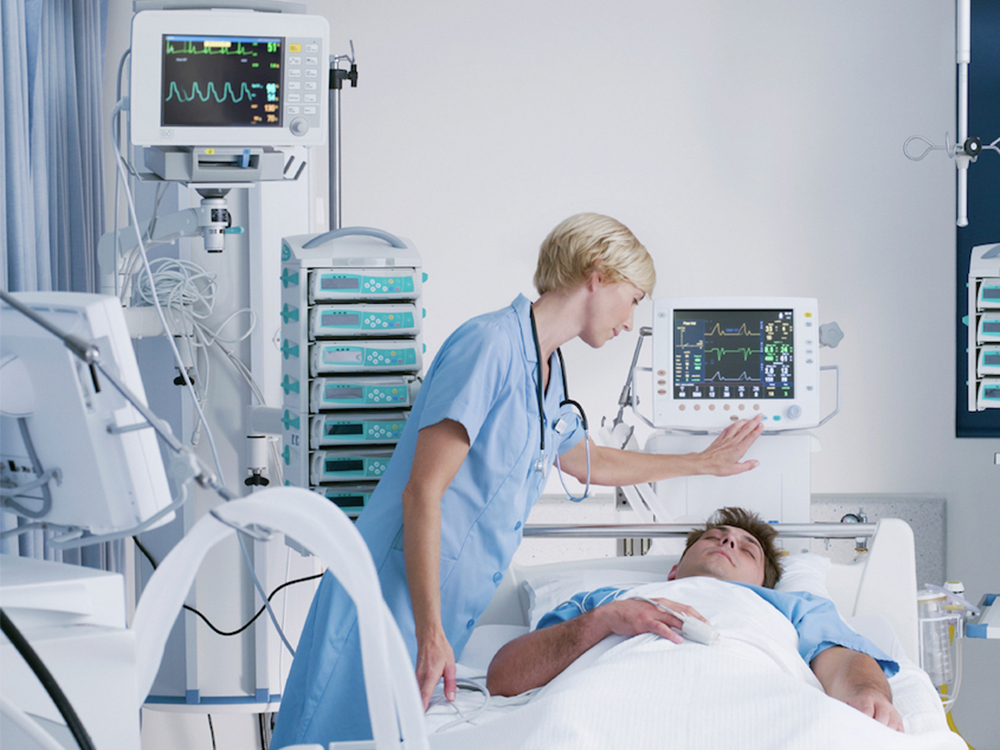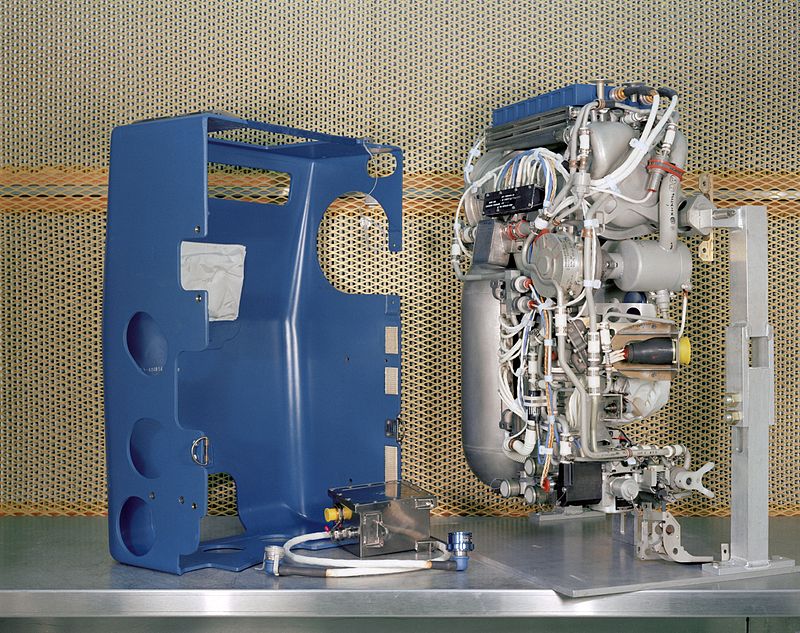Introduction
Emergencies can strike at any time, and critical care situations demand immediate attention and precise equipment. Healthcare professionals working in emergency rooms, intensive care units, and critical care transport services rely on a range of specialized equipment to provide the best care possible. In this blog post, we will take a closer look at the crucial equipment used in these scenarios, focusing on anesthesia and life support devices. Whether you’re a medical professional looking to expand your knowledge or a curious individual interested in understanding the tools that save lives, this article is for you.
Section 1: Anesthesia Equipment
Anesthesia Machines: The Breath of Life
In critical care situations, ensuring a patient’s comfort, safety, and pain management is of paramount importance. Anesthesia machines are the backbone of surgical procedures and various critical care interventions. These machines carefully control the delivery of anesthetic gases to keep patients sedated and pain-free during procedures.
Anesthesia machines are equipped with a variety of features, including gas mixers, ventilators, and monitors to ensure that patients receive the right amount of anesthesia. These machines are designed to deliver precise concentrations of anesthetic agents, making them vital for surgeries, trauma care, and other critical interventions.
Airway Management: Ensuring Uninterrupted Breathing
Maintaining a patient’s airway is essential in critical care situations, especially during surgeries and emergencies. Airway management equipment includes items such as endotracheal tubes, laryngeal masks, and tracheostomy kits. These tools help healthcare providers secure and maintain an open airway for patients, ensuring they receive adequate oxygen and can breathe comfortably.
Patient Monitoring: Keeping a Watchful Eye
In critical care, monitoring a patient’s vital signs is crucial. Anesthesia equipment often includes monitors that track a patient’s heart rate, blood pressure, oxygen saturation, and more. These monitors provide real-time data that helps healthcare providers make informed decisions and quickly respond to any changes in a patient’s condition.
Section 2: Life Support Equipment
Ventilators: Breathing for the Patient
Ventilators, also known as mechanical ventilators or respirators, are life-saving devices used when a patient’s respiratory system is compromised. These machines support or completely take over a patient’s breathing by delivering oxygen to the lungs and removing carbon dioxide. Ventilators are essential in critical care settings, particularly for patients with conditions like acute respiratory distress syndrome (ARDS), chronic obstructive pulmonary disease (COPD), or those undergoing surgery.
Defibrillators: Restarting the Heart
In emergencies involving cardiac arrest, defibrillators are critical tools. These devices deliver an electric shock to the heart, helping to restore a normal rhythm. Automated external defibrillators (AEDs) have become more common in public places, and healthcare professionals use more advanced versions in critical care units. A quick response with a defibrillator can be the difference between life and death in cardiac emergencies.
Extracorporeal Membrane Oxygenation (ECMO): Life Support for the Critically Ill
ECMO is a highly specialized life support technique used for patients with severe heart and lung conditions. It involves removing blood from the patient’s body, oxygenating it externally, and then returning it to the body. ECMO is a last resort when conventional ventilation and treatments are not sufficient. This advanced technology is reserved for patients in extreme critical care situations.
Section 3: Portable and Transport Equipment
Emergency Stretchers: On-the-Go Critical Care
Transporting patients in critical condition safely and comfortably is a top priority. Emergency stretchers, also known as gurneys, are designed for this purpose. They are equipped with features like adjustable height, side rails, and wheels for easy maneuvering. Whether in an ambulance or within a hospital, these stretchers are essential for patient transport during emergencies.
Life Support Ambulances: Mobile Critical Care Units
For patients requiring critical care during transportation, life support ambulances are equipped with specialized equipment. These ambulances have ventilators, defibrillators, and other essential tools to provide ongoing care while en route to the hospital. Time is often of the essence in critical care, and these ambulances play a crucial role in ensuring patients receive the care they need.
Conclusion
Emergency and critical care situations demand the best equipment to ensure the safety and well-being of patients. Anesthesia machines, life support devices, and transport equipment are the unsung heroes in healthcare, allowing medical professionals to provide timely, effective, and life-saving care.
In this blog post, we’ve explored some of the essential equipment used in anesthesia and life support, shedding light on the technology that healthcare professionals rely on daily. As advancements in medical technology continue, these tools will only become more critical in improving patient outcomes and saving lives.
To learn more about the specific equipment used in emergency and critical care, stay tuned for our upcoming in-depth articles on each category. Remember, in the world of healthcare, the right equipment can mean the difference between life and death.





